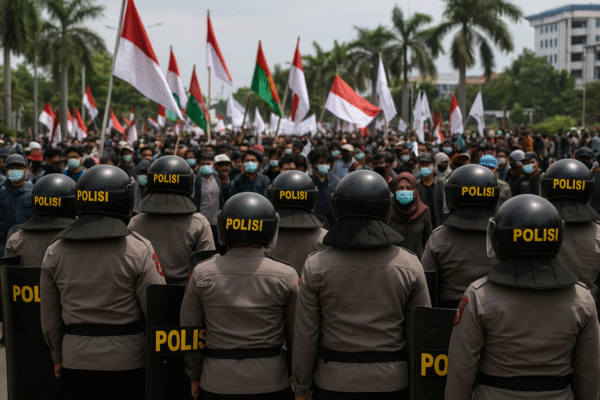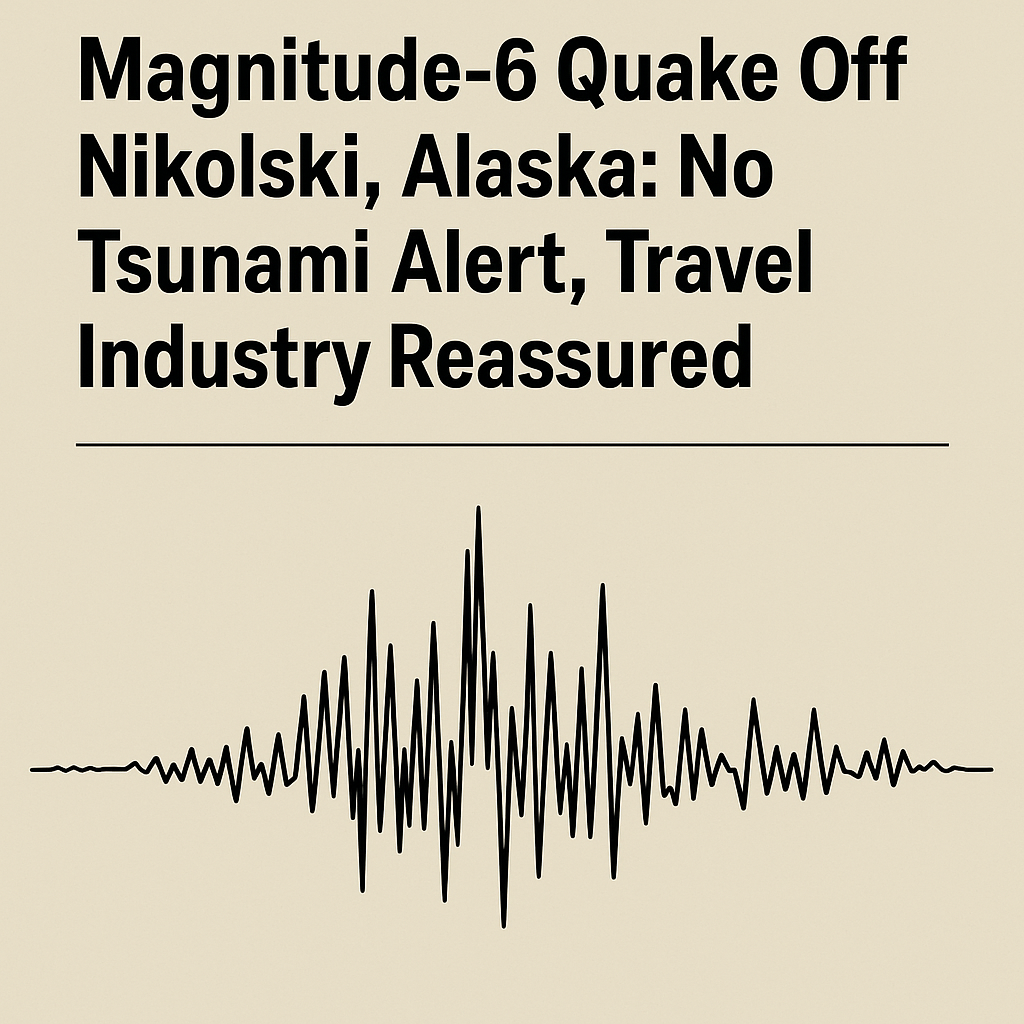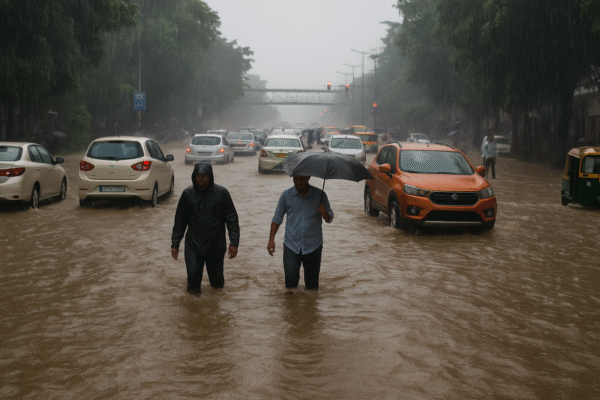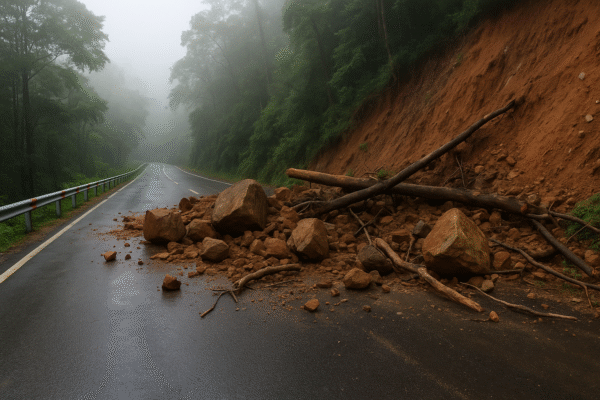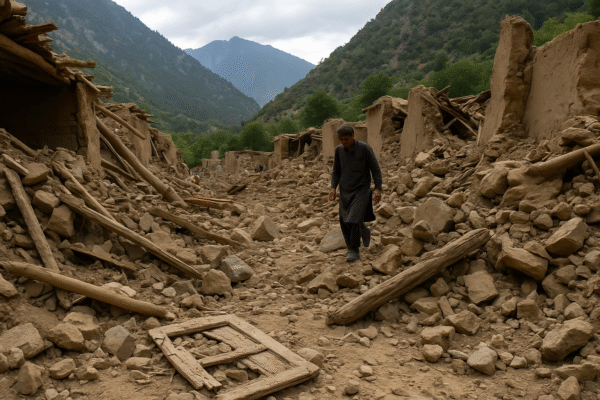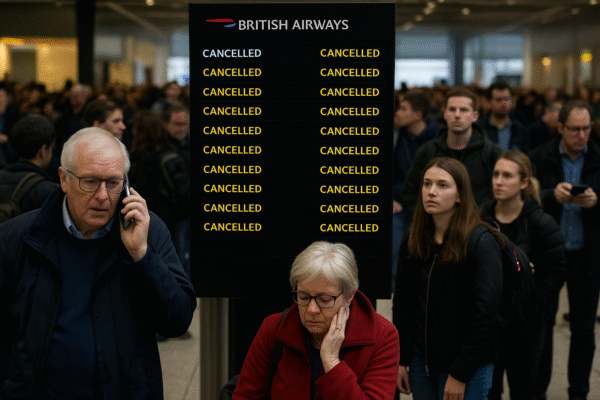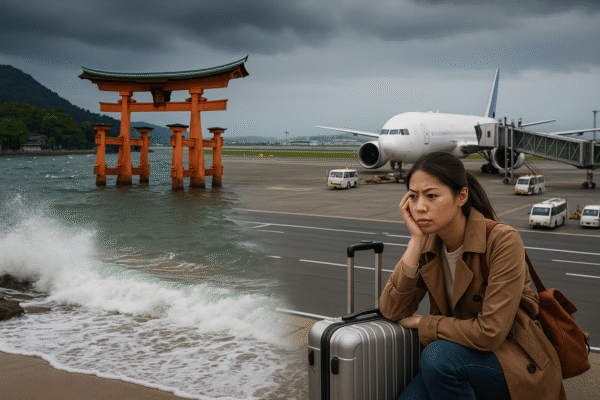Japan’s Tourism Faces Triple Crisis as Storm Nari Disrupts 1,090+ Flights Amid Rising Taxes and Earthquake Prophecy Fears
Japan’s tourism sector is grappling with a convergence of crises as powerful Storm Nari triggers widespread travel chaos across the nation’s major airports, compounding existing fears caused by a viral earthquake prophecy and recent policy changes that include higher tourist taxes, dual pricing schemes, and strict overtourism controls.
The trifecta of disruptions has led to a sharp decline in visitor confidence and economic setbacks, testing Japan’s tourism resilience as it prepares to welcome millions during peak summer travel.
Storm Nari Grounds Japan’s Airports
On July 15–16, Storm Nari swept across Japan’s main islands, disrupting a total of 1,100 flights. According to the Japan Meteorological Agency and data compiled from airline trackers, 1,054 flights were delayed while 46 were canceled across five of Japan’s busiest hubs: Haneda, Narita, Fukuoka, New Chitose, and Miyazaki airports.
Tokyo Haneda Airport was hit hardest, recording 497 delays and 13 cancellations. Major carriers including ANA Wings, Japan Airlines, and StarFlyer experienced significant setbacks, with ANA Wings alone canceling six flights and delaying 48 more.
Fukuoka Airport reported 233 delays and nine cancellations, with Jetstar Japan and Oriental Air Bridge facing particularly high disruption rates.
New Chitose Airport in Hokkaido also experienced 113 delays and seven cancellations, heavily affecting domestic low-cost airlines such as Peach Aviation and Jetstar Japan.
Meanwhile, Narita International Airport faced 169 disruptions, and Miyazaki Airport recorded 59 disrupted flights.
Passengers were stranded overnight in terminals, while airlines struggled to rebook affected travelers, highlighting the vulnerability of Japan’s air travel infrastructure to extreme weather events.
Earthquake Prophecy Sends Shockwaves Through Tourism
Even before Storm Nari’s arrival, Japan’s travel industry had been shaken by an unusual source: a viral prophecy from manga artist Ryo Tatsuki, whose 1999 book “The Future That I Saw” resurfaced online, predicting a major earthquake in July 2025.
Despite reassurances from the Japan Meteorological Agency that no scientific basis exists for the prediction, fear spread rapidly across East Asia. Hong Kong Airlines suspended several Japan-bound routes due to plunging demand, especially to Kyushu’s Kumamoto and Kagoshima prefectures—regions previously associated with seismic activity.
Between June and July 2025, the Tokara Islands region recorded over 2,000 minor tremors. Though no major urban centers were affected, the psychological impact was significant. According to data from Japan National Tourism Organization (JNTO), visitor arrivals from Hong Kong dropped by over 11% in May, and overall bookings from Taiwan, South Korea, and Southeast Asia fell by up to 50% for July.
Nomura Research Institute estimates that tourism losses from the earthquake prophecy could total up to ¥560 billion (approx. US$3.9 billion), further straining Japan’s fragile post-pandemic recovery.
Rising Tourist Taxes and Dual Pricing Add Economic Pressure
As natural and psychological factors hit traveler confidence, Japan’s latest fiscal policies have also drawn criticism. Starting in FY2025, the Japanese government is considering raising the departure tax from ¥1,000 to up to ¥5,000 per outbound international passenger.
Eleven popular prefectures—including Kyoto, Osaka, Otaru, and Okinawa—have introduced new accommodation levies ranging from ¥100 to ¥500 per night. Kyoto, in particular, is debating further hikes of up to ¥10,000 per night during peak tourism seasons.
These tax increases are aimed at combating overtourism and bolstering local infrastructure. Still, tourism stakeholders warn that frequent fee hikes could price out budget-conscious travelers.
Adding to the controversy is the planned removal of Japan’s instant tax-free shopping scheme for foreign tourists, set to be replaced by a pay-now-refund-later model by late 2026—potentially deterring high-spending international shoppers.
Dual Pricing Sparks Global Debate
Perhaps the most controversial policy introduced is Japan’s dual pricing model, which will charge foreign tourists more than locals for attractions, public transport, and even hotel stays. The initiative, launching in July 2025, is being piloted in destinations such as Mount Fuji, Kyoto, and Okinawa.
Mount Fuji, for instance, now limits climbers to 4,000 per day and charges ¥2,000 per person to support conservation efforts. Similar capacity controls and price hikes are being discussed for temples, historical sites, and ski resorts in Niseko and Hakone.
While some policymakers argue that dual pricing deters mass tourism and funds maintenance, critics—especially from abroad—call it discriminatory and fear it may damage Japan’s reputation as a welcoming destination.
Government Balancing Act Amid Overtourism and Crisis Fatigue
Japan’s efforts to curb overtourism are not new. Shibuya Ward in Tokyo now enforces alcohol bans during festivals, and Kyoto continues to implement strict vehicle controls and signage campaigns to educate tourists on appropriate behavior.
Still, the convergence of climate-driven travel disruptions, viral misinformation, and economically burdensome policies may be creating a perfect storm for Japan’s tourism-dependent regions.
Tourism Minister Tetsuo Saito acknowledged the “unprecedented convergence of stressors” during a press briefing this week and reaffirmed the government’s commitment to long-term sustainable tourism planning, with a focus on protecting heritage, ensuring community welfare, and adapting infrastructure to weather-related challenges.
Outlook: Cautious Optimism or Prolonged Downturn?
As the summer travel season continues, Japan’s tourism recovery faces uncertainty. With inbound travel declining from major Asian markets and tourist satisfaction potentially dented by dual pricing and tax hikes, the country must work swiftly to restore trust.
Public reassurance campaigns, clearer crisis communication, and balanced tourism policy will be vital in preventing further damage. The coming months will determine whether Japan can successfully pivot to a more sustainable, resilient travel ecosystem—or risk prolonged financial and reputational loss.
For more travel news like this, keep reading Global Travel Wire




